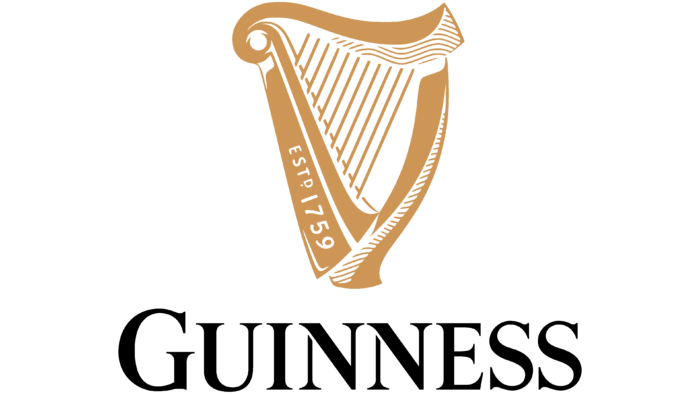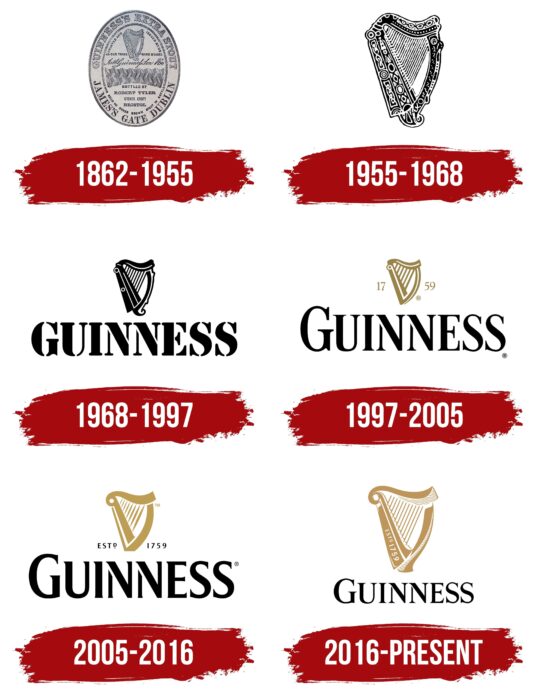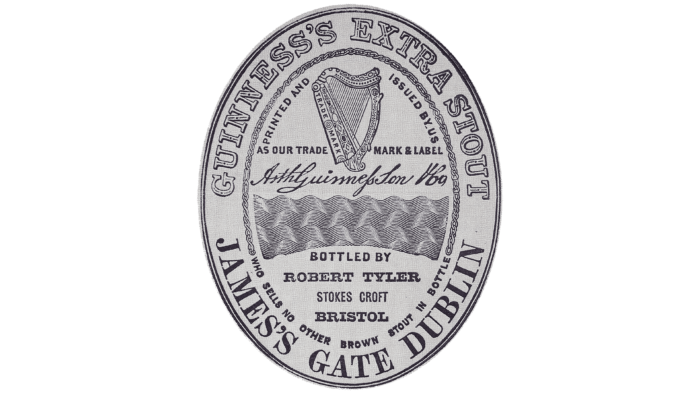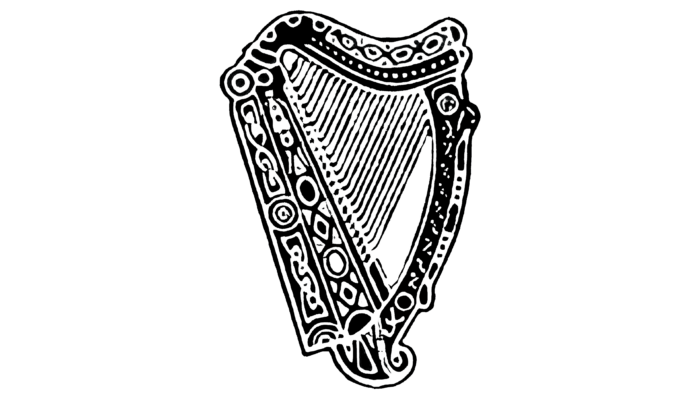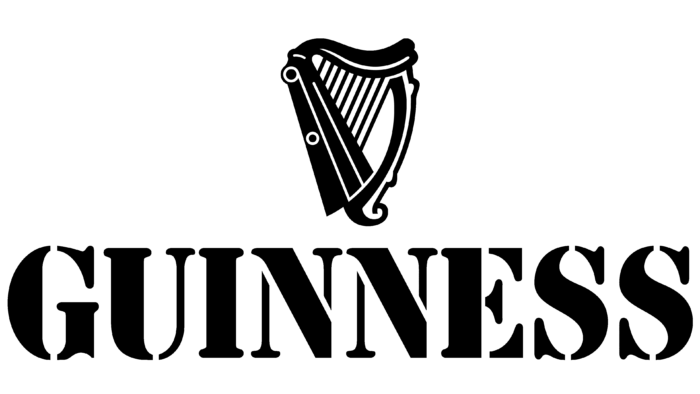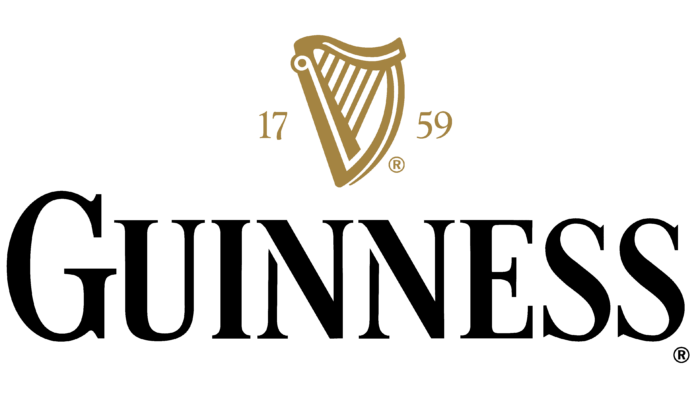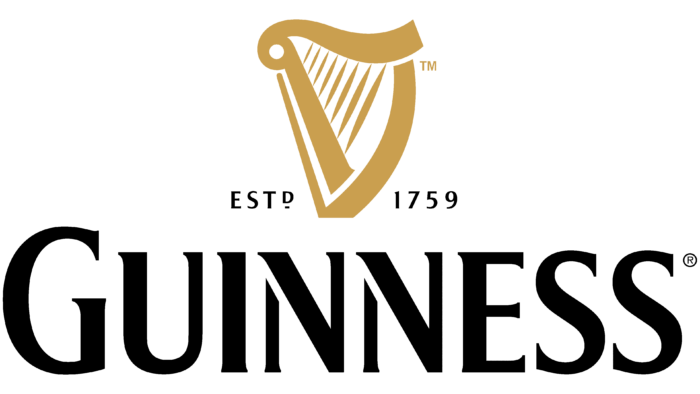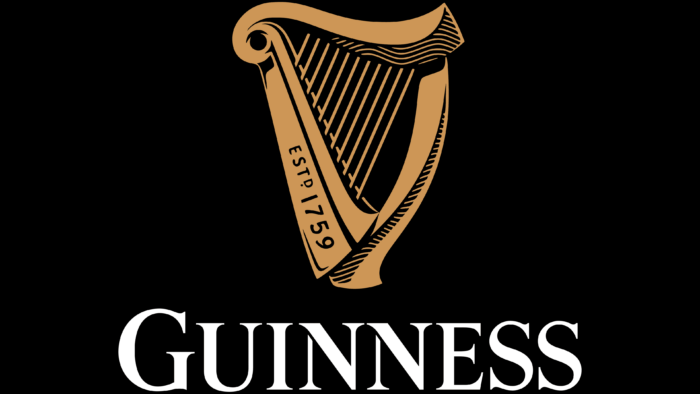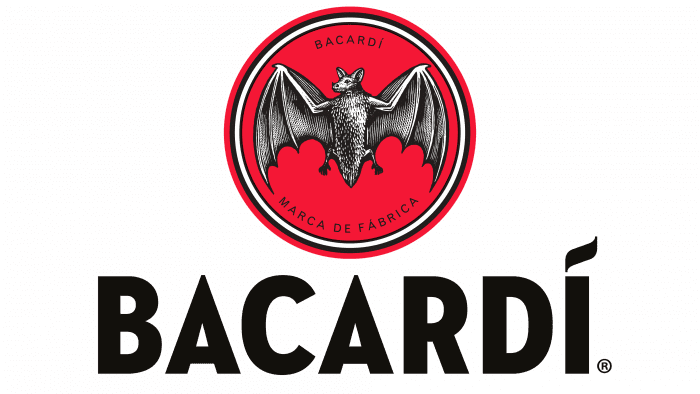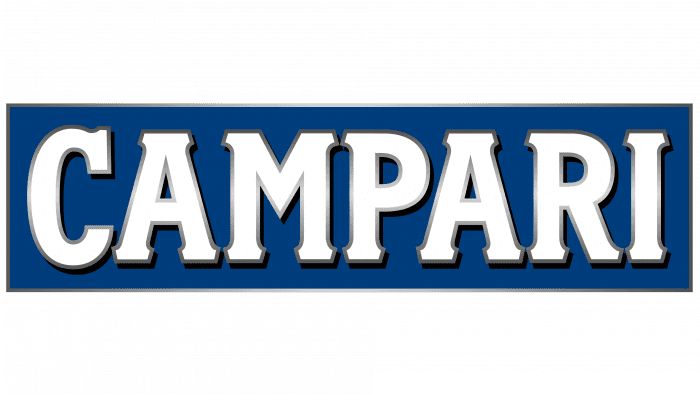Like a divine harp playing, the drink’s taste creates an indescribable vivid sensation. The Guinness logo hints that the secret to strong beer’s success is in an ancient old recipe that has been passed down from generation to generation.
Guinness: Brand overview
| Founded: | 1759 |
| Founder: | Diageo |
| Headquarters: | Ireland |
| Website: | guinness.com |
Meaning and History
In the middle of the 18th century in the city of Dublin, a young brewer Arthur Guinness began to brew ale. In December 1759, he rented an abandoned enterprise for 9,000 years and, ten years later, already exported his alcoholic drink to the UK. In 1778, the entrepreneur expanded the range by mastering new technologies: he started producing dark beer. It has become the main product Guinness has been dealing with for many years. It produced three varieties: single, double, and export stout.
Gradually, sales increased, and the company became the main supplier of strong dark beer in the Irish and British markets. It went public in 1886, selling an average of 1,138 barrels of beer a year. Moreover, the brewery did not promote its drink in any way (did not engage in advertising), did not offer discounts on it, and did not hold promotions. He was extremely popular in his own right. Then the company survived the difficult wartime but did not go bankrupt.
In 1986, Guinness bought Distillers, and in 1997 it merged with Grand Metropolitan to form Diageo. However, due to disagreements, the company remained an independent entity, retaining exclusive rights to the original beer, brand, and trademarks. Now it is a huge beer empire known throughout the world. It has not only its production sites but also patented technologies that allow it to produce various types of beer.
Bottles with the harp logo are highly recognizable and in great demand. The image of a musical instrument appeared on labels in 1862. It is modeled after the Trinity College Harp, the legendary symbol of Ireland since the time of King Henry VIII. The brewery officially registered its emblem in 1875 after releasing the Trade Marks Registration Act. Moreover, her harp is turned not to the left but to the right, which differs from the Irish national coat of arms drawing. There are six versions of the original emblem in total.
1759 – 1862
During this period of history, the Guinness brewery did little self-promotion and did not promote its product in any way since it was already very popular. The company focused mainly on the assortment and on developing basic and innovative technologies for the production of various types of beer. Her logo appeared later when the Trade Marks Registration Act was approved.
1862 – 1995
The Irish brewery has long used a monochrome stamp-like sign. It was a vertically elongated oval with a mass of various information, which resembled an advertising tool. The graphic elements on it were a harp, a twisted rope with a repeating ornament, and a double frame.
1955 – 1968
Guinness then approved a minimalistic logo, simplified to a harp on a white background. The musical instrument was detailed to the smallest detail: it repeated the number of strings, shape, curves, the pattern of the original.
1968 – 1997
In 1968, the developers of the emblem added the name of the beer brand to the harp but simplified the instrument itself. They made it sketchy, keeping the basic structure rather than the detail. The inscription was bold, large, made in stencil type with capital letters.
1997 – 2005
The designers have worked on the elegance of the Guinness logo, for which they have thinned the inscription, leaving the old serif font. They also restyled the harp, transforming it into a miniature golden badge. To the right and left of the musical instrument appeared the year of the foundation of the brewing company, divided into two parts: “17” and “59”.
2005 – 2016
This period is characterized by using the semi-grotesque instead of the Antiqua, although the letters were still in uppercase and had the same size as before. Moreover, the designers redrew the harp: they changed the number and thickness of the strings, separated them from the sides, removed the white gap on the upper part of the instrument, swapped the thin and thick lines on the left side. In addition, they connected the numbers in the date of the brewery’s founding.
2016 – today
Now the logo with a detailed harp is used. It has smooth lines, graceful curves, fine shading at the top and right, wide sides, distinct and even strings. The creators of the logo moved the year of the company’s appearance to the left side, marking it in white. They kept the name Guinness in black but brought back a full serif typeface.
Font and Colors
Despite the absence of a direct connection between beer and harp, it still exists. Moreover, this is a strong historical trend going on since the days of Henry VIII, when this musical instrument became a heraldic element and ended up on the Irish coat of arms. To distinguish their harp from the national one, the brewery’s management turned it in the opposite direction – to the left.
The inscription in the Guinness logo is made by the commercial typeface Agenda URW Light, created by designer Phil Martin. The closest free font-variant to it is Resavska BG Sans Bold Font. The signature palette of the beer brand consists of golden and black. In the early period of the development of the emblem, it was dominated by black and white monochrome.
Guinness color codes
| Aztec Gold | Hex color: | #be965b |
|---|---|---|
| RGB: | 190 150 91 | |
| CMYK: | 0 21 52 25 | |
| Pantone: | PMS 7509 C |
| Black | Hex color: | #000000 |
|---|---|---|
| RGB: | 0 0 0 | |
| CMYK: | 0 0 0 100 | |
| Pantone: | PMS Process Black C |
